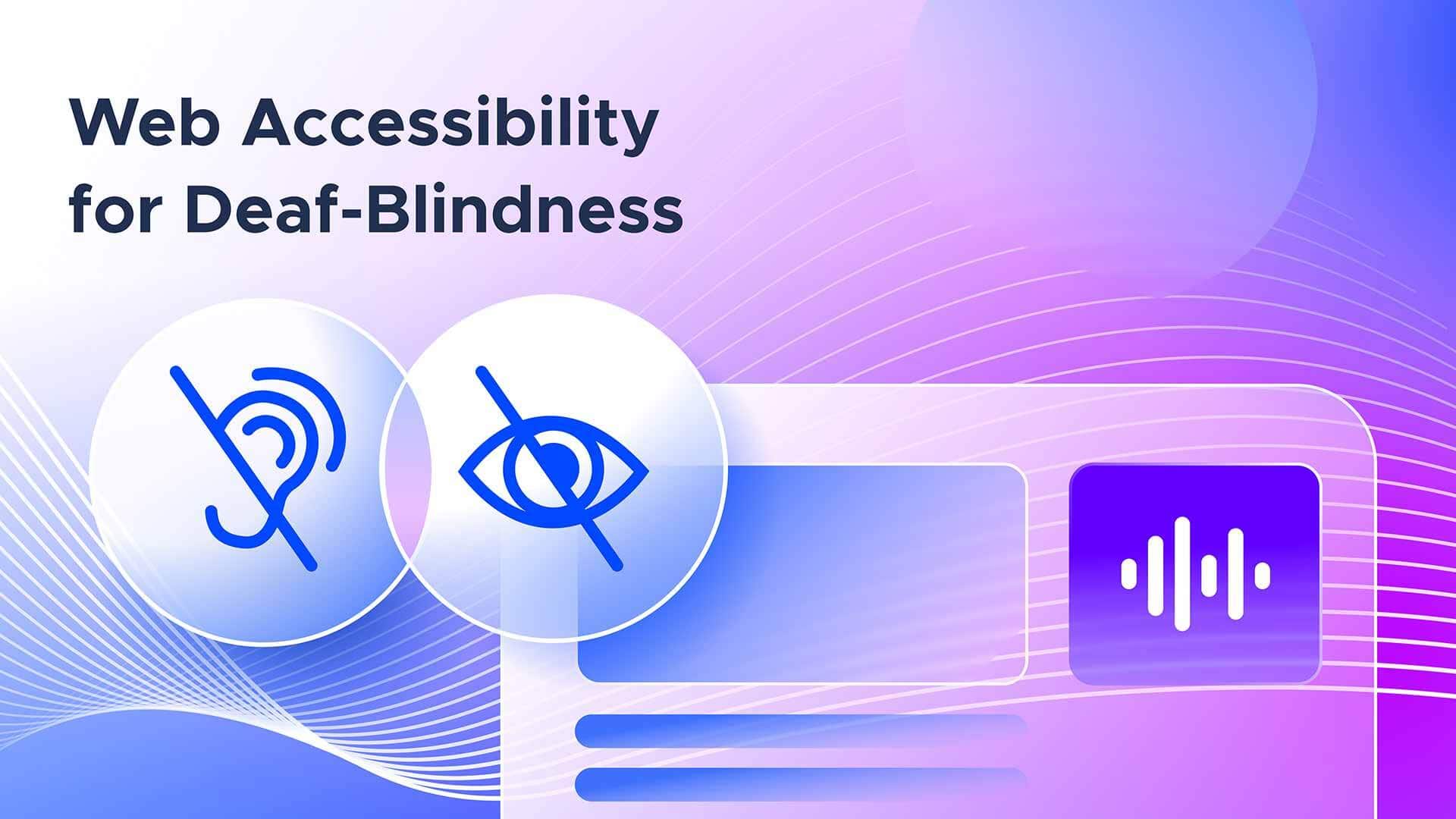Public Information
Officers (PIOs) are critical in disseminating safety information to the public.
However, this information must be accessible to everyone, including those with
hearing or visual impairments. Here are some strategies PIOs can employ to
ensure accessibility:
Use of Accessible Formats
PIOs should ensure that all information is available in accessible
formats to people with disabilities. Formats include providing written
transcripts for audio content and audio descriptions for visual content. For
instance, a real-time transcription service can provide immediate text versions of the spoken content if a press conference is broadcast live. Similarly,
any infographics or visual content should be accompanied by detailed text
descriptions, allowing those with visual impairments to understand the content
through screen readers.
Utilize Assistive Technologies
Assistive technologies such as screen readers, text-to-speech software,
and closed captioning can make information more accessible. PIOs should ensure
their content is compatible with these technologies. Compatible content means
using alt-text for images, ensuring websites are navigable via keyboard for
those who can’t use a mouse, and providing closed video captions. It’s also
important to consider color contrast for those with color blindness.
Clear and Simple Language
Information should be presented in clear, simple language to ensure it is
understood by all, including those with cognitive impairments. Avoid jargon and
technical terms whenever possible. Instead, use plain language that a broad
audience can understand. For example, instead of saying, “evacuate the vicinity
immediately,” say, “leave the area now.”
Multimodal Communication
PIOs should use multiple modes of communication to reach a wider
audience. Various modes of communication could include text, audio, visual, and
tactile methods. For example, emergency alerts could be sent out via text
message, broadcasted over the radio, displayed on television, and even
disseminated through social media. The more channels used, the more likely the
message will reach everyone, including those with impairments.
Regular Testing and Feedback
Regular testing with users who have disabilities can help identify any
accessibility issues. Feedback from these users can guide improvements. Feedback
could involve user testing sessions, surveys, or simply a feedback form on the
website. The key is to listen to and act on the feedback received.
Training and Awareness
PIOs should receive training on accessibility issues and the use of
assistive technologies. Training can help them better understand the needs of
people with disabilities. Regular workshops or training sessions can keep PIOs
up-to-date on the latest best practices and technologies in accessibility.
By implementing these strategies, PIOs can ensure that public safety
information is accessible to all, fulfilling their responsibility to their
communities. Remember, accessibility isn’t just a legal requirement - it’s a
way of ensuring everyone has equal access to vital information.
The Social Media Examiner has a good article on how to make social media more accessible.

Comments
Post a Comment